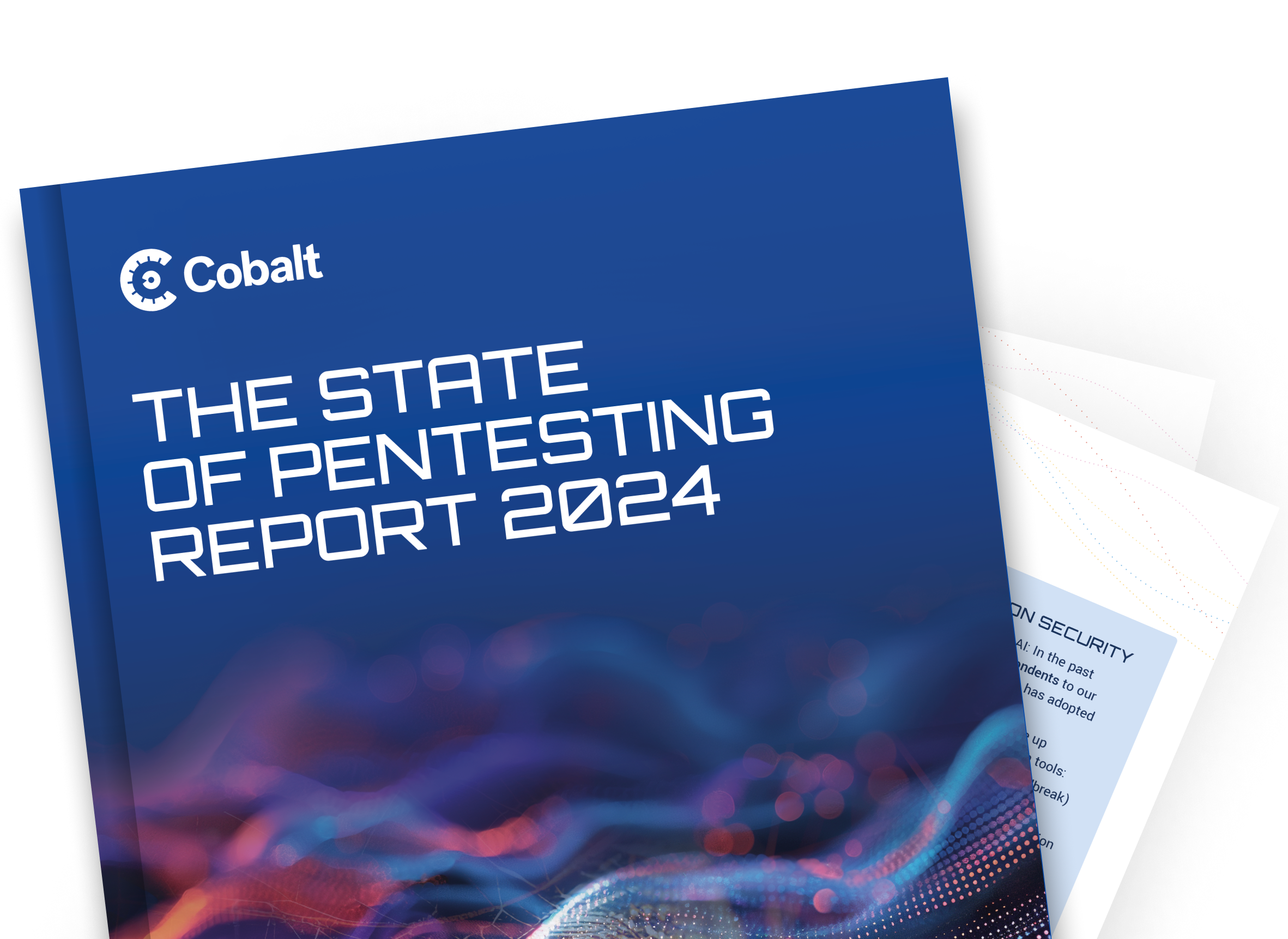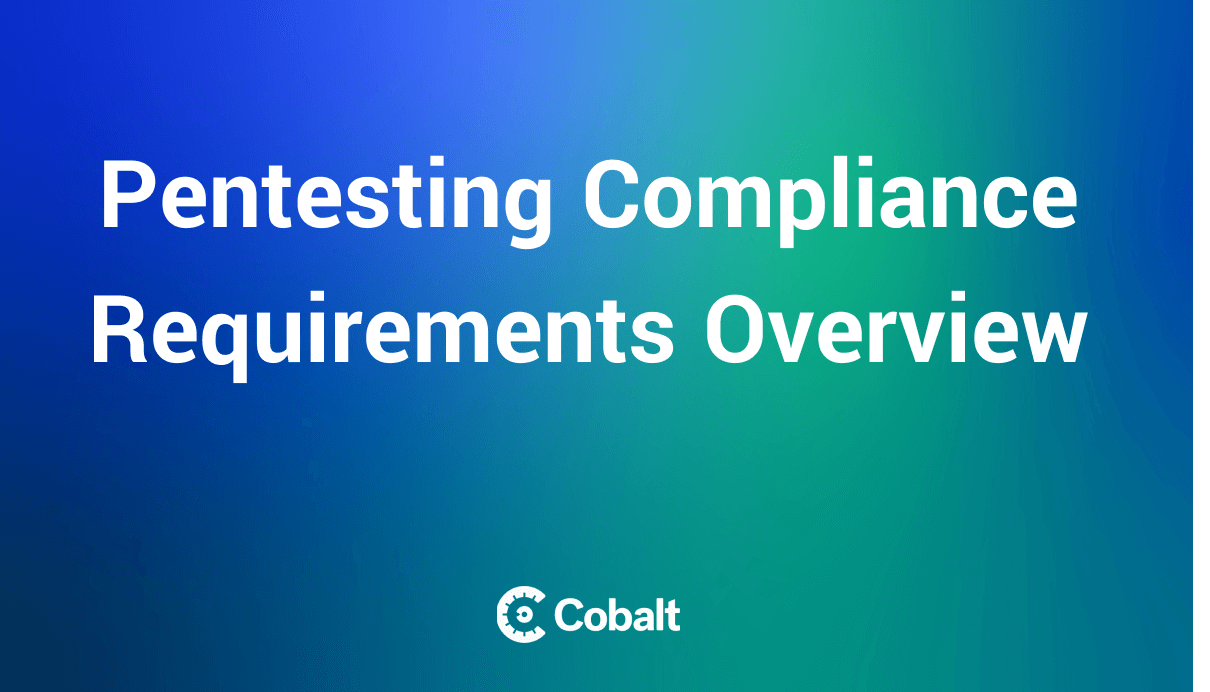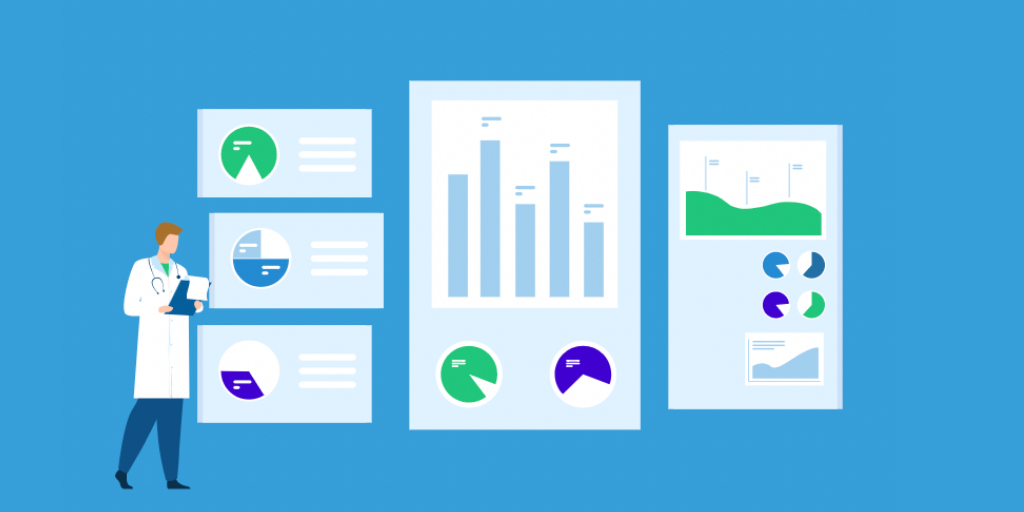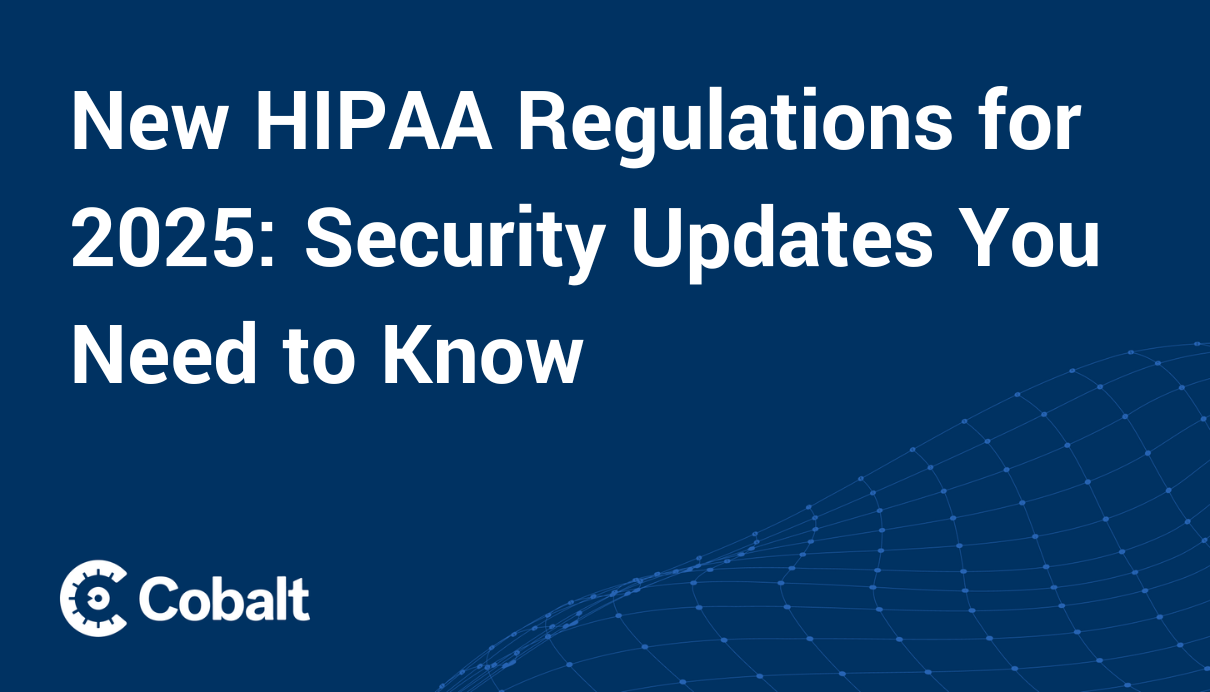HIPAA compliance remains one of the most well-known compliance frameworks in the digital world and for good reason.
The Health Insurance Portability and Accountability Act (HIPAA) aims to create a national standard to protect sensitive patient information. With emphasis placed on sensitive medical data, HIPAA ensures patient information is not disclosed without direct consent from the patient.
In the modern digital world, this can be more challenging since the majority of companies utilize digital record-keeping to store their customer’s information. To this point, business operators should familiarize themselves with this compliance standard to ensure they remain compliant.
First, though, how does a business become HIPAA compliant?
Today we’ll take a closer look at this by establishing who needs to be compliant and how to achieve compliance. In this piece, readers will gain an understanding into the type of information included in the framework, four core rules of HIPAA, and how to incorporate penetration testing in this process.
Finally, we’ll review the estimated costs associated with this compliance process. With the basics covered, next will be a review of how businesses can remain HIPAA compliant through a variety of tactics to round out a complete overview of this compliance system.
Who Needs to be HIPAA Compliant?
Do you have to be HIPPA certified? is a commonly asked question. A simple answer, any business handling sensitive customer information requires HIPAA compliance, specifically related to medical records is considered a Covered Entity.
Generally speaking, businesses should be HIPAA compliant if they store any data related to an individual's medical records. This includes:
- Healthcare providers
- Insurance firms
- Financial service providers
- any businesses interacting with the sensitive data known as Protected Health Information (PHI).
How to Comply with HIPAA?
There are several controls in place to ensure businesses protect their customers’ sensitive health records. The basics of which can be covered concisely by protecting customer’s health records stored digitally. The compliance framework breaks these downs into more easily digestible pieces with four core safeguards. Before looking at these core safeguards, first, we need a good understanding of what constitutes Personal Health Information (PHI).
What Type of Information is on the HIPAA Safeguards List?
HIPAA Application Safety Requirements state that businesses need to safeguard their customer’s Protected Health Information (PHI).
PHI encompasses all data able to personally identify an individual’s health record such as health history, demographics, test results, insurance information, or other types of information used to provide healthcare.
To help prepare businesses to protect this information, HIPAA outlines four primary rules. Understanding these basic rules allows businesses to confidently understand they’re following compliance requirements and the consequences of not being compliant.
Four Primary Rules of HIPAA
1. HIPAA Privacy Rule
Overview: The HIPAA Privacy Rule establishes national standards to protect individuals' medical records and other personal health information (PHI). It applies to health plans, healthcare clearinghouses, and healthcare providers that conduct certain healthcare transactions electronically.
Key Provisions
- PHI Protection: Ensures that all PHI remains private and is only disclosed with the patient’s consent or as required by law.
- Patient Rights: Grants patients rights over their health information, including rights to examine and obtain a copy of their health records and request corrections.
- Minimum Necessary Standard: Requires covered entities to take reasonable steps to ensure that only the minimum necessary information is disclosed for a particular purpose.
- Notice of Privacy Practices: Covered entities must provide a notice of their privacy practices, explaining how PHI will be used and disclosed.
Importance: This rule represents the essence of the HIPAA compliance framework, ensuring that users’ sensitive data remains private and secure, which should be a top priority for businesses.
2. HIPAA Security Rule
Overview: The HIPAA Security Rule sets standards for the protection of electronic protected health information (ePHI). It requires appropriate administrative, physical, and technical safeguards to ensure the confidentiality, integrity, and security of ePHI.
Key Provisions
- Administrative Safeguards: Policies and procedures designed to clearly show how the entity will comply with the act. This includes risk analysis, risk management, and workforce training.
- Physical Safeguards: Measures to protect electronic systems, equipment, and data from threats, environmental hazards, and unauthorized intrusion. This includes facility access controls, workstation use policies, and device and media controls.
- Technical Safeguards: Technology and related policies that protect ePHI and control access to it. This includes access control, audit controls, integrity controls, and transmission security.
Importance: The Security Rule brings together practical applications of how businesses can secure their customers’ sensitive information, ensuring that ePHI is protected from unauthorized access and breaches.
3. HIPAA Enforcement Rule
Overview: The HIPAA Enforcement Rule establishes guidelines for investigations into HIPAA compliance and the penalties for violations. It gives the Department of Health and Human Services (HHS) the authority to enforce HIPAA rules and impose penalties for non-compliance.
Key Provisions
- Compliance Investigations: HHS can conduct compliance reviews and investigations of complaints alleging violations of the HIPAA rules.
- Penalties for Non-Compliance: Outlines the potential penalties for non-compliance, which can range from monetary fines to criminal charges. Penalties are tiered based on the level of negligence, with fines ranging from $100 to $50,000 per violation, with a maximum annual penalty of $1.5 million.
- Resolution Agreements: In some cases, HHS may enter into resolution agreements with covered entities to settle violations, which often include corrective action plans.
Importance: The Enforcement Rule ensures that there are consequences for non-compliance, encouraging businesses to adhere to HIPAA regulations and protect patient information.
4. HIPAA Breach Notification Rule
Overview: The HIPAA Breach Notification Rule requires covered entities and their business associates to provide notification following a breach of unsecured PHI.
Key Provisions
- Notification Requirements: Covered entities must notify affected individuals, the HHS, and, in some cases, the media of a breach. Business associates must notify the covered entity of breaches at or by the business associate.
- Timeliness of Notification: Notifications must be provided without unreasonable delay and no later than 60 days following the discovery of a breach.
- Breaches Involving 500 or More Individuals: Must notify affected individuals and HHS immediately, and the media if the breach affects more than 500 residents of a state or jurisdiction.
- Breaches Involving Fewer Than 500 Individuals: Must notify affected individuals and HHS within 60 days of the end of the calendar year in which the breach was discovered.
- Content of Notification: Notifications must include a description of the breach, the types of information involved, steps individuals should take to protect themselves, what the covered entity is doing to investigate the breach, mitigate harm, and prevent further breaches, and contact information for individuals to ask questions.
Importance: This rule ensures transparency and accountability, requiring businesses to promptly inform affected individuals and authorities about data breaches, thereby helping to mitigate potential harm and maintain trust.
Precise details for each of these rules can be found on the Government’s HIPAA website.
Role of Pentesting in Maintaining HIPAA Compliance
With an end goal of identifying that health information remains properly secure, pentesting can bring businesses a few steps closer to HIPAA compliance. While the framework doesn’t explicitly require pentesting or vulnerability scanning, both aspects will often be a core component to the business’s risk analysis, which is required.
The Pentesting process involves trained security professionals attempting to break into your systems, thus finding vulnerabilities that need to be remediated. As the testers discover vulnerabilities in your network or application, these teams work closely with business operators to relay the real-world impact of different vulnerabilities.
Through the pentesting process, businesses gain a better understanding of the weaknesses in their systems that put patients’ PHI at risk. After remediating these vulnerabilities, businesses can better demonstrate the actions they’ve taken to keep that data secure.
How Much Does It Cost to be HIPAA Compliant?
The cost of HIPAA compliance depends upon the size of the business and the number of digital assets to be covered. With this in mind, smaller businesses should expect to pay less than a larger entity.
The systems requiring coverage would be any system which stores or interacts with a customer's PHI. A good place to start for any business looking into a compliance framework would be to build a strong understanding of their existing digital systems and how they interact with one another.
For HIPAA compliance, the precise cost ranges from hundreds of dollars for a small business with simple digital systems to upwards of $35,000 for a single physician’s office. Many small to medium-sized businesses will more easily complete the compliance requirements without a dedicated compliance officer as well, helping to save costs.
For larger corporate businesses and enterprise firms, they should expect to pay more. Again, depending upon the exact number of digital systems their personal health information touches, the price of compliance will range. With an increase in the number of systems, the price will also rise.
For example, comparing an enterprise to a small business, the enterprise will need more penetration tests, vulnerability scans, likely discover more vulnerabilities in their systems, require more team members to manage and remove vulnerabilities, more processes, programs, and computers — all of which leads to higher expenses.
Finally, if a company requires a full-time compliance officer, this will naturally increase the total costs of compliance.
Does a Business Need a Compliance Officer to be HIPAA Compliant?
For larger corporate companies and enterprises, compliance with HIPAA requires a dedicated privacy compliance officer. While this is dependent upon the size of the business seeking certification, at the very least businesses will have to dedicate someone internally to understand the entire process.
How to Stay HIPAA Compliant?
The information outlined above aims to empower businesses to complete their HIPAA compliance process more efficiently.
Once complete, businesses then need to start considering how to maintain this important security requirement, which includes a variety of different tasks. Put simply, these tasks involve an ongoing process similar to the initial certification process such as employing a compliance officer, completing an annual risk assessment, and completing vulnerability scans and penetration testing regularly.
Naturally, when any vulnerability or risk detected by these processes appears, a business should quickly remediate it. Finally, the last aspect relates to ongoing training for team members with access to PHI. Anyone who regularly interacts with this data should be aware of the HIPAA requirements. Furthermore, new staff members should be trained and old staff members properly removed from the systems when they depart.
In closing, for a fast and easy solution to your pentesting needs, consider Cobalt’s Pentest as a Service (PtaaS) platform. With testing available to start in as little as 24 hours, our PtaaS platform brings together the best of an automated solution while still fulfilling your manual pentesting requirements completed by highly vetted and knowledgeable experts.
Read more about the importance of pentesting for the healthcare sector.








